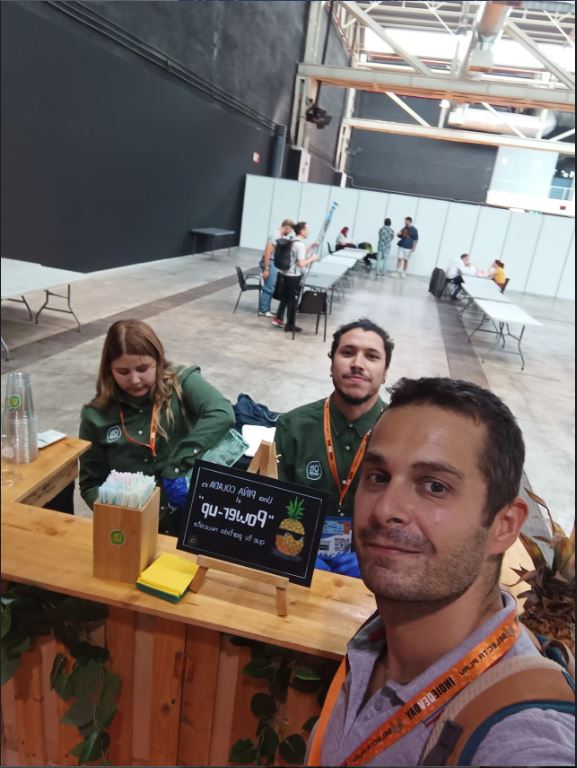A random guy on the Internet used many APIs and web spiders to scrap interesting data. The result is here:
It confirmed something I had been suspecting for weeks. In fact, I cannot say too much but I am working with a client from Singapore on a game that will be published on Steam. The money is moving towards indie and premium, people are running away from free-to-play. At least people that contact me, small and mid companies.
The difference is that in indie you look for originality. You look for an empty space to fill, something new. Indie gamers are people looking for novelty. They like certain mechanics and flows, as everybody. But they want to see interesting mixes of genres.
F2P developers, instead, look for different things. A F2P game starts always from a clone. Then you try to make the +1 innovation, which generally speaking is an improvements towards live operations, that are:
- Events and offers
- Tutorials and quality improvements
- Adjusts to players’ progression
- New features
The goal of this is to improve the ROAS (return on advertisement spending). You spend money to bring people in with ads, and you get money from this people, eventually.
Two completely different world, very interesting both!
